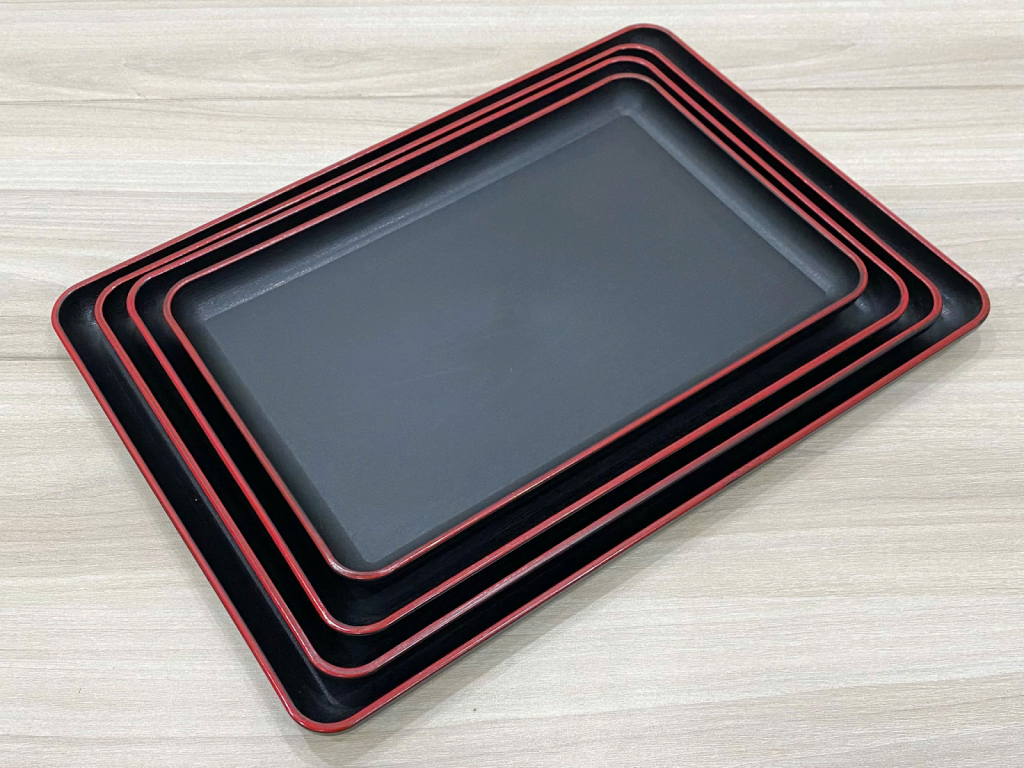In the rapidly evolving world of mobile applications, developers often focus on optimizing for the latest devices and operating system versions. However, with over 3.5 billion smartphone users worldwide, a significant portion still relies on older hardware and software. Ensuring consistent performance across this diverse landscape is not only a matter of user satisfaction but also a strategic necessity. As the industry matures, inclusive testing—particularly on older devices—proves critical in delivering reliable, high-quality apps.
Table of Contents
- Understanding Device Diversity and Its Impact on App Performance
- The Rationale Behind Testing Older Devices
- Educational Concept: Ensuring Reliability Through Inclusive Testing
- Practical Strategies for Testing Older Devices Effectively
- Case Study: Mobile Slot Testing LTD – A Modern Approach to Device Compatibility
- Non-Obvious Factors Influencing Device Testing Success
- Future Trends and Challenges in Testing Older Devices
- Conclusion: Why Prioritizing Older Device Testing Is Critical for App Reliability
Understanding Device Diversity and Its Impact on App Performance
The mobile device ecosystem is incredibly diverse. According to recent data, there are over 24,000 distinct Android device models alone, each with varying hardware specifications, screen sizes, and operating system versions. Even within iOS, multiple generations of iPhones and iPads operate on different versions of iOS, which directly influences app behavior.
Hardware differences such as processor speed, RAM, GPU capabilities, and sensors can cause apps to perform inconsistently. For example, a game optimized for newer Snapdragon processors may experience lag or crashes on devices with older, less powerful chips. Similarly, display resolutions and aspect ratios affect UI rendering, leading to layout issues on certain devices.
This diversity impacts user retention and satisfaction. An app that performs flawlessly on the latest flagship device may crash or lag on older models, leading to negative reviews and reduced engagement. Therefore, understanding and accommodating this device variability is essential for developers aiming for broad market reach.
The Rationale Behind Testing Older Devices
Addressing a global user base means catering to users with varying device ages and capabilities. For instance, in emerging markets, many users still operate devices that are 3-5 years old. Ignoring this segment can lead to significant user dissatisfaction and lost revenue.
From a cost-benefit perspective, failing to test on older devices can be costly in the long run. Post-launch bugs related to incompatibility often result in emergency patches, increased customer support, and damage to brand reputation. Moreover, hidden bugs that only manifest on older hardware may remain undetected until real users encounter them, which can be costly to fix after release.
Testing on older devices exposes compatibility issues early, allowing developers to resolve problems before launch. For example, a game like info on Lucky Dragon Ball can have specific performance quirks on outdated hardware that, if identified early, can be optimized, ensuring smoother gameplay for all users.
Educational Concept: Ensuring Reliability Through Inclusive Testing
Comprehensive testing across a broad range of devices correlates directly with app stability and user trust. Studies show that 71% of organizations adopting inclusive testing practices report fewer post-launch crashes and bugs, highlighting its importance in quality assurance.
Testing older devices aligns well with Agile development methodologies, which emphasize iterative testing and continuous feedback. This approach allows developers to identify issues specific to legacy hardware, ensuring that the app performs reliably across all user scenarios.
A prime example is Mobile Slot Testing LTD, which demonstrates how local insights gathered through diverse device testing inform global deployment strategies. By understanding regional hardware preferences and limitations, developers can tailor their applications to meet local needs, boosting satisfaction and retention.
Practical Strategies for Testing Older Devices Effectively
Efficient testing on older hardware requires strategic approaches:
- Emulating hardware and software environments: Use emulators and simulators configured with older OS versions and hardware specs to identify compatibility issues without maintaining extensive device labs.
- Leveraging real device labs and cloud testing platforms: Cloud services such as BrowserStack or Sauce Labs provide access to a wide range of actual devices, enabling testing on genuine hardware—crucial for detecting hardware-specific bugs.
- Integrating testing into CI pipelines: Automate tests on legacy devices as part of continuous integration workflows, ensuring issues are caught early in development cycles.
By adopting these strategies, developers can ensure their apps remain reliable, regardless of the device used by the end-user.
Case Study: Mobile Slot Testing LTD – A Modern Approach to Device Compatibility
Mobile Slot Testing LTD exemplifies the principles of inclusive device testing. By maintaining an extensive database of real devices from different eras and regions, they enable developers to conduct thorough compatibility assessments. This approach has led to tangible benefits such as increased app reliability, higher user satisfaction, and a significant reduction in post-launch bugs.
For example, in testing a slot game like Lucky Dragon Ball, Mobile Slot Testing LTD identified performance issues on older Android devices, which were then optimized to prevent crashes and lag. This proactive approach exemplifies modern best practices and highlights the importance of inclusive testing.
Key lessons learned include:
- Invest in diverse device testing to uncover unique hardware-related bugs.
- Use real device labs and cloud platforms to expand testing coverage efficiently.
- Incorporate testing early and often to improve overall app stability.
Non-Obvious Factors Influencing Device Testing Success
Beyond technical hardware considerations, several subtle factors influence testing effectiveness:
- Local insights: Understanding regional hardware preferences helps prioritize testing on devices most used in target markets. For instance, in some regions, older devices dominate due to economic factors, requiring tailored testing strategies.
- Managing app saturation: With an average of 80 apps installed per device, ensuring compatibility and smooth operation across various apps is vital for user satisfaction.
- Hardware aging and obsolescence: As devices age, their hardware components degrade, affecting performance. Developing protocols to address aging hardware prolongs app compatibility and reduces maintenance costs.
Addressing these often-overlooked factors enhances testing accuracy and overall app robustness.
Future Trends and Challenges in Testing Older Devices
The rapid evolution of device technology presents both opportunities and challenges for testing. As foldable screens, 5G connectivity, and AI-powered hardware become mainstream, maintaining comprehensive test coverage requires innovative solutions.
Balancing resource allocation is critical—testing every new device while maintaining legacy support can strain development teams. Prioritization based on regional device usage data is essential to optimize efforts.
Emerging technologies like AI and automation are transforming device testing. Automated test scripts can quickly adapt to hardware differences, identify compatibility issues, and reduce manual effort, making inclusive testing more feasible and efficient.
Conclusion: Why Prioritizing Older Device Testing Is Critical for App Reliability
In an increasingly connected world, app reliability across all devices is paramount. Testing on older hardware not only uncovers hidden bugs but also demonstrates a commitment to inclusive user experiences, fostering trust and loyalty.
As demonstrated by modern testing practices exemplified by Mobile Slot Testing LTD, proactive and comprehensive device testing leads to tangible improvements in app stability, user satisfaction, and brand reputation. Developers and testers must recognize the strategic importance of inclusive testing practices to succeed globally.
In summary, prioritizing testing on older devices ensures your app remains resilient amid technological evolution and diverse user needs—an essential step toward long-term success in mobile app development.
- CHẢO INOX TAY CẦM CÁN GỖ SQC – ĐA DẠNG KÍCH CỠ, BỀN BỈ VÀ CHUYÊN NGHIỆP CHO MỌI GIAN BẾP
- Hoe technologische innovatie de visserij in Nederland transformeert
- Khay phục vụ chống trượt chữ nhật cho khách sạn nhà hàng
- SO SÁNH SHAKER NHỰA VÀ SHAKER INOX: ĐÂU LÀ SỰ LỰA CHỌN TỐI ƯU CHO BARTENDER?
- The Science of Coastal Fisheries and Modern Innovations

















 chat Facebook
chat Facebook Chat Zalo
Chat Zalo